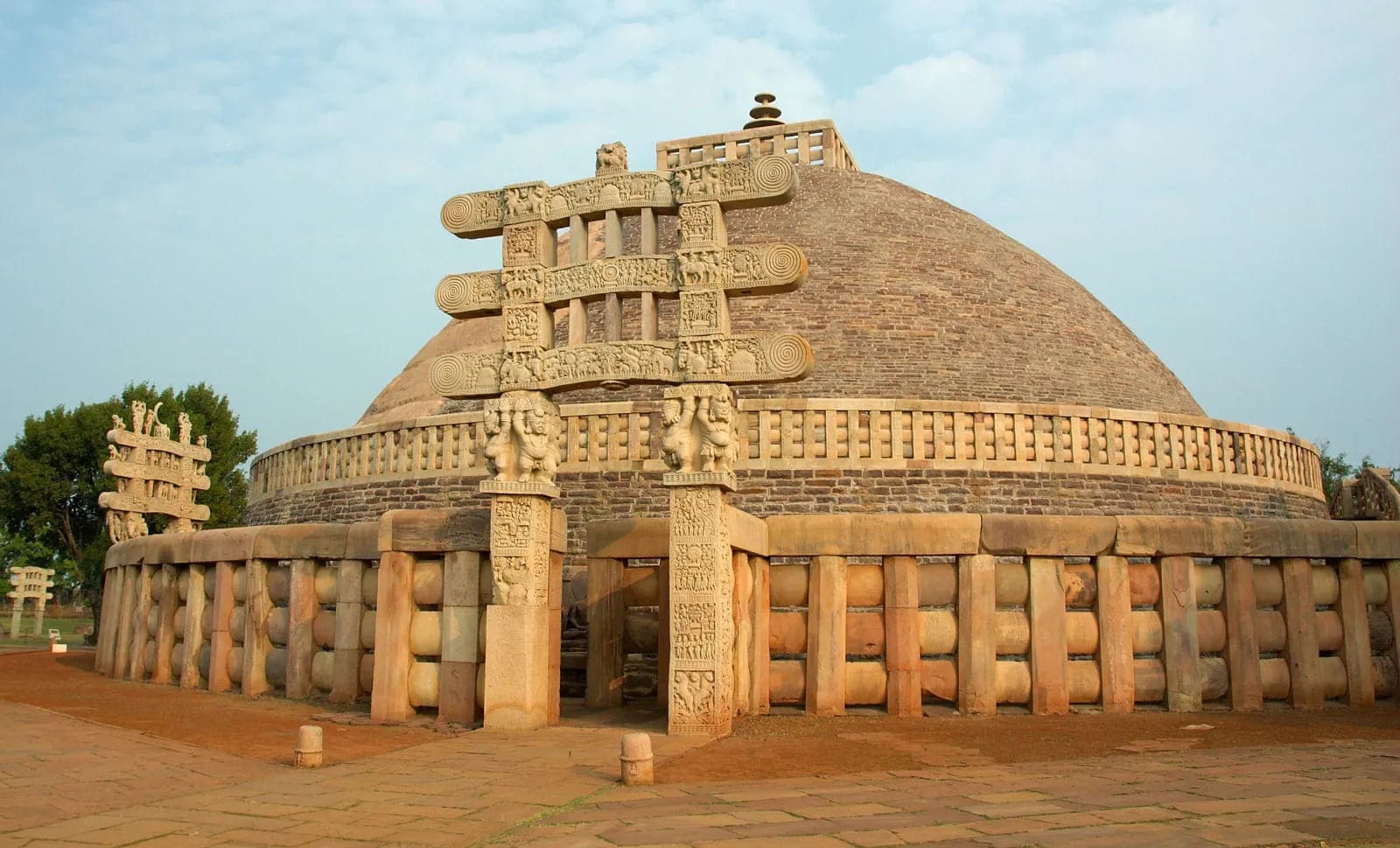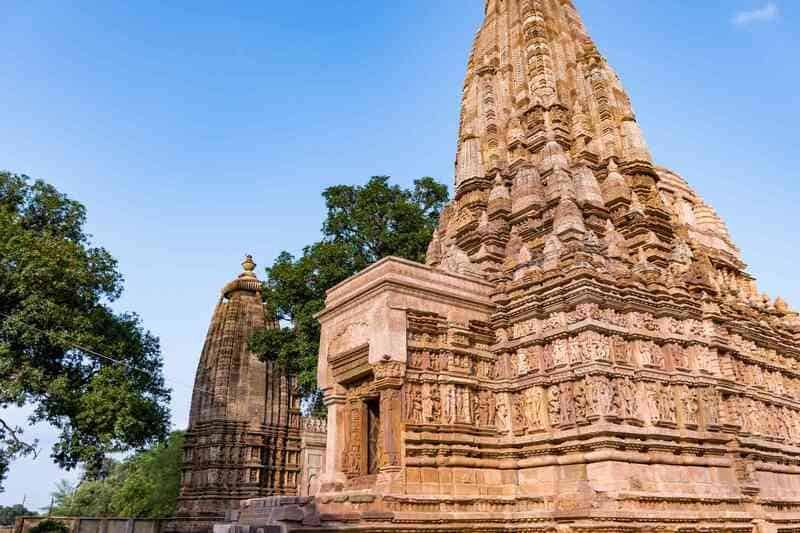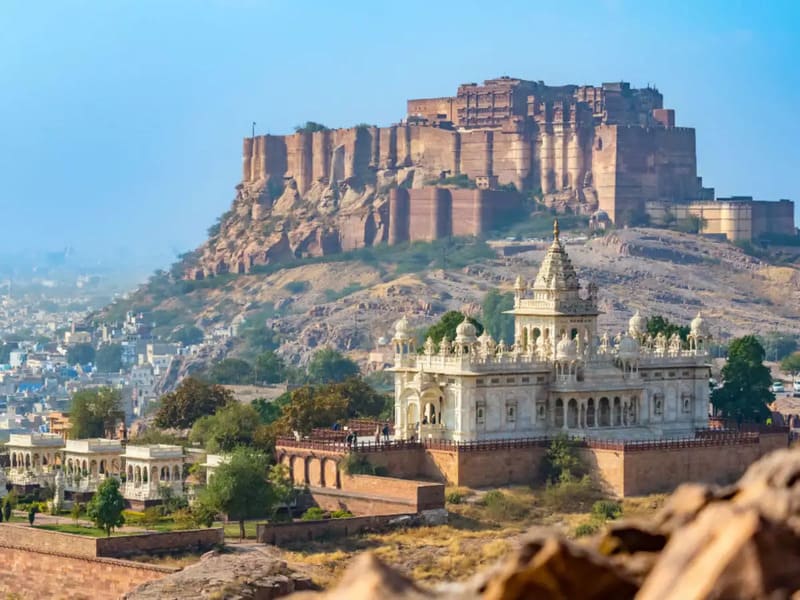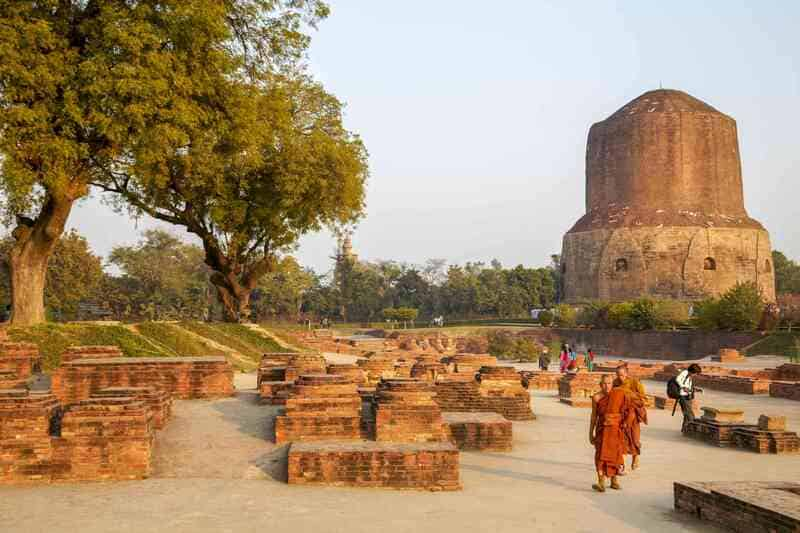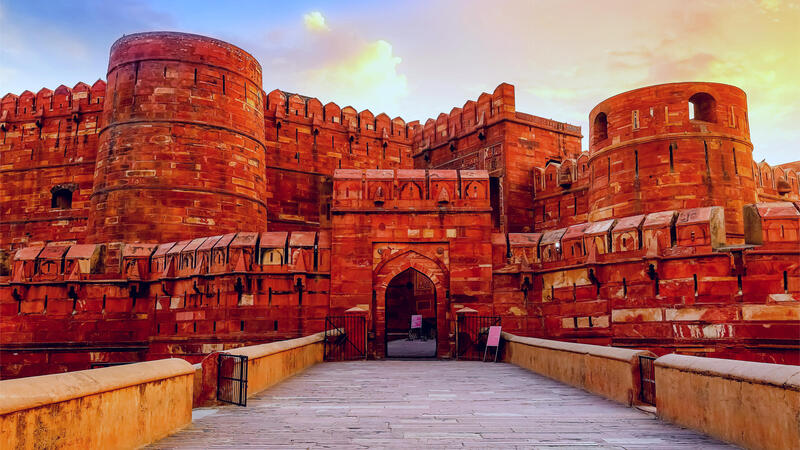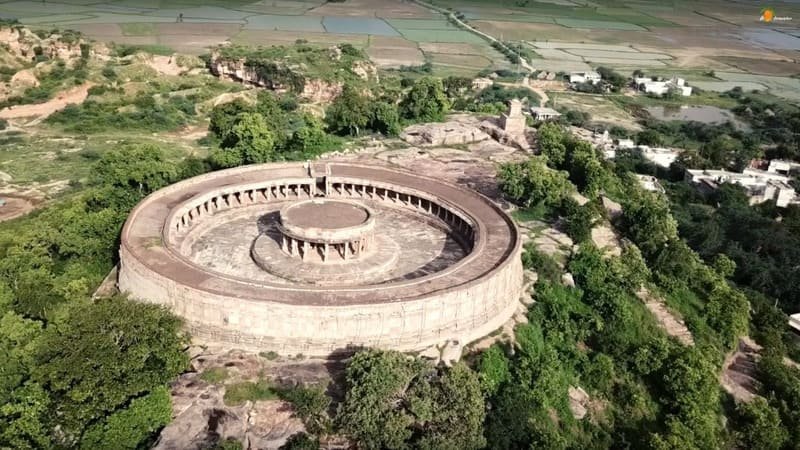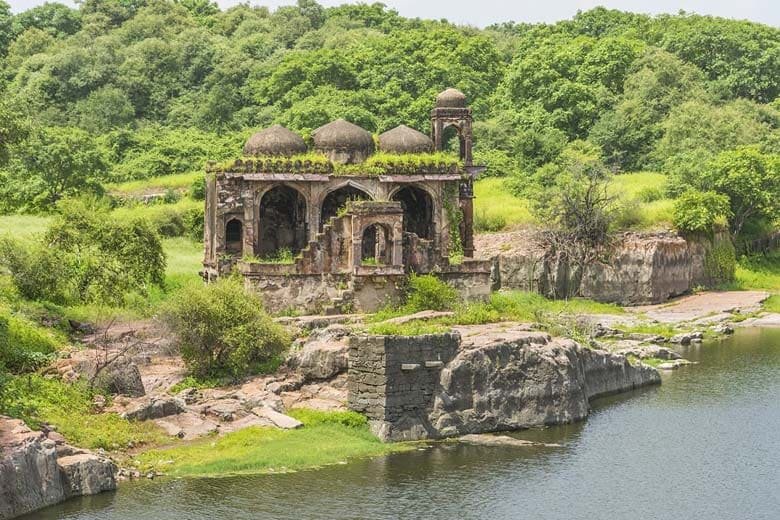
Ranthambore Fort, Rajasthan.
The meta description for the Ranthambore Fort, Rajasthan blog could be: "Explore the rich history and architectural marvels of the Ranthambore Fort in Rajasthan through our comprehensive blog. Discover the significance, attractions, and practical details of this ancient monument..
Rajasthan, the land of royals, is home to several ancient forts, palaces, and monuments that depict the rich cultural heritage of the state. Among the many historical sites in Rajasthan, the Ranthambore Fort holds a special place. Situated in the Sawai Madhopur district of Rajasthan, the Ranthambore Fort is a testimony to the architectural brilliance of the Rajput rulers who once ruled the region. The fort is not only a great tourist destination but is also a site of historical importance. In this blog, we will explore the history, architecture, and significance of the Ranthambore Fort in detail.
History
The Ranthambore Fort is believed to have been built in the 10th century by the Chauhan Rajput king, Sapaldaksha. According to legend, the king was hunting in the region when he came across a tiger, which he followed to a place where he saw a sage meditating. The sage blessed the king and advised him to build a fort on the hill, which he did. The fort was initially known as Ranastambha, which means "the hill of war."
Over the years, the fort was ruled by several Rajput rulers, including Hammir Dev Chauhan, who is credited with expanding the fort in the 14th century. The fort also saw battles between the Rajputs and the Mughals, with the latter ultimately gaining control over the region. In the 18th century, the fort was handed over to the Kachwaha Rajputs of Jaipur, who ruled the region until India's independence in 1947.
Architecture
The Ranthambore Fort is built on a hill, with a height of 700 feet. The fort's architecture is a mix of Rajput and Mughal styles, which is evident from the various structures within the fort complex. The fort is surrounded by a wall that extends for about 7 kilometers and has several gates, including the Hathi Pol, Ganesh Pol, and Andheri Pol.
One of the most impressive structures within the fort complex is the 32-pillared chhatri or pavilion, which is believed to have been built in the 17th century. The pavilion has a central dome and 32 pillars arranged in four rows of eight. The dome has intricate carvings of elephants, lions, and horses. The pavilion is believed to have been used by the royal family for various ceremonies and events.
Another notable structure within the fort complex is the Rani Palace, which is located on the eastern side of the fort. The palace has several rooms and a courtyard, and its architecture is a blend of Rajput and Mughal styles. The palace is believed to have been built by Hammir Dev Chauhan in the 14th century.
The fort also has several temples within its complex, including the Trinetra Ganesh Temple, which is dedicated to Lord Ganesha. The temple is believed to have been built in the 13th century and is one of the oldest temples in the region. The temple has a unique feature - it has a natural rock formation that resembles the shape of Lord Ganesha's head.
Significance
The Ranthambore Fort is not just a tourist destination but is also a site of historical significance. The fort has seen battles between the Rajputs and the Mughals, with the latter ultimately gaining control over the region. The fort was also a witness to the struggle for Indian independence, with the Kachwaha Rajputs playing an important role in the freedom movement.
The fort's location is also significant as it is situated in the Ranthambore National Park, which is one of the largest national parks in northern India
